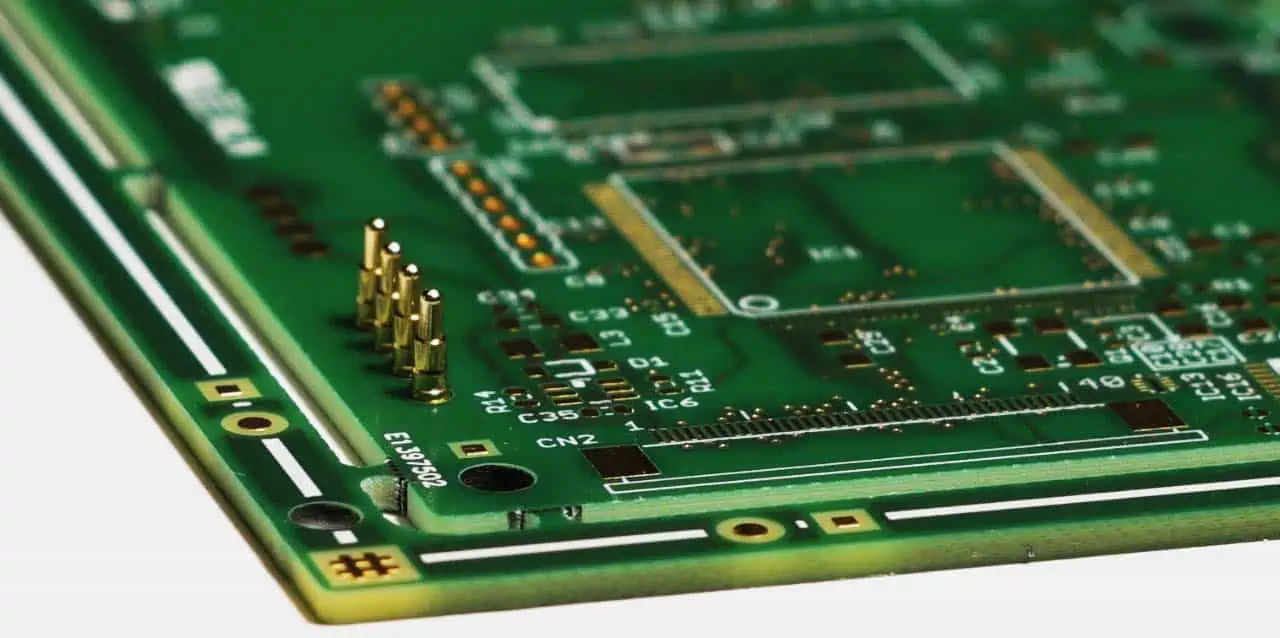PCB pins,also known as interconnects or terminal pins, play a crucial role in ensuring the electrical connection between electronic components and the PCB itself. These pins are fundamental to the physical and electrical integrity of a circuit, impacting overall performance, manufacturing processes, and product reliability. This article delves into the various types of PCB pins, their design principles, manufacturing processes, and applications across different industries, providing a comprehensive understanding of this critical component.
I. Types of PCB Pins
PCB pins can be categorized based on their mounting method, function, and application environment. The primary types include:
1. Through-Hole Pins: These pins are inserted through holes in the PCB and soldered on the opposite side, providing robust mechanical support. They are commonly used in components that require high mechanical strength, such as power components and connectors. Although through-hole pins offer excellent connection reliability, they are costlier to manufacture and assemble.
2. Surface-Mount Pins: Surface-mount pins are soldered directly onto the surface of the PCB, eliminating the need for through-holes. This design is ideal for compact, high-density boards, widely used in consumer electronics like smartphones and laptops.
3. Plated Through-Hole (PTH) Pins: PTH pins connect different layers of a multilayer PCB through plated holes, ensuring reliable electrical connections across the layers. They are commonly employed in complex circuit designs requiring stable interlayer connections.
4. Flip-Chip Pins: In flip-chip technology, the pins are located directly on the chip. The chip is flipped and soldered onto the PCB, significantly reducing signal paths. This method is suitable for high-speed computing devices and high-performance applications.
II. Key Considerations in PCB Pin Design
1. Material Selection: The choice of material for PCB pins directly affects their electrical performance, solderability, and durability. Common materials include copper (for its excellent conductivity) and coatings like tin or gold (to prevent oxidation and enhance solderability). Different applications have varying material requirements, such as low resistance and high thermal conductivity for high-speed signal transmission.
2. Pin Pitch: As PCB designs become more compact, pin pitch, or the distance between adjacent pins, becomes smaller. A small pin pitch demands precise manufacturing processes to prevent short circuits and soldering defects. High-density PCB designs often require meticulous attention to pin pitch.
3. Thermal Management: For high-power components, pin design must account for thermal performance. Pins act as thermal conduits, transferring heat to the PCB, which then dissipates it through heatsinks or other cooling mechanisms. This process is vital for maintaining circuit stability.
4. Mechanical Strength: Mechanical strength is especially crucial for applications involving repeated insertions or exposure to vibrations. Pins must have sufficient strength to ensure reliability over prolonged use.
III. Manufacturing and Soldering of PCB Pins
The manufacturing and soldering processes of PCB pins are critical steps in PCB production, with their quality directly influencing the final product's performance and lifespan.
1. Through-Hole Soldering: Through-hole soldering is typically performed using wave soldering or manual soldering techniques. During soldering, it's essential to ensure that the solder fully fills the gap between the pad and the pin, forming a strong electrical connection.
2. Surface-Mount Soldering: Surface-mount soldering uses reflow soldering technology, where components with surface-mount pins are placed on solder-paste-coated pads and heated, melting the solder to create the connection. This method is suitable for large-scale automated production.
3. Laser Soldering: As PCB designs become more complex, laser soldering technology is gaining attention. Laser soldering can achieve precise soldering at very small pitches, making it ideal for high-density, multilayer PCBA assembly manufacturer.
IV. The Role of PCB Pins in Various Applications
1. Consumer Electronics: In devices like smartphones and tablets, surface-mount pins are widely used due to their ability to meet the high-density, miniaturized design requirements.
2. Automotive Electronics: Automotive electronics demand high reliability from PCBs. Through-hole pins, known for their mechanical strength and reliability, are commonly used in automotive control and safety systems.
3. Medical Devices: Medical devices require precision and reliability in PCB design. Flip-chip technology, with its high performance and low power consumption, is widely applied in portable medical equipment.
4. Military and Aerospace: In these fields, PCB pins must withstand extreme environments and high vibrations. High-reliability through-hole and PTH pins are preferred to ensure stable circuit performance under harsh conditions.

V. Impact of Pin Design on PCB Performance
Pin design directly affects the electrical performance of a PCB. For instance, pin length and shape can influence signal transmission quality. In high-speed circuits, pin parasitics can cause signal integrity issues such as delays and distortions. Therefore, in high-speed PCB design, optimizing pin layout and selecting the appropriate pin type is critical for ensuring reliable signal transmission.
PCB pins play an indispensable role in PCB design and application. Every aspect of their design, from material selection to soldering techniques, requires careful consideration. As PCBA products evolve, the challenges of pin design will continue to grow. However, through innovative design and advanced manufacturing processes, PCB pins will remain a crucial component in the electronics industry. Understanding and mastering the various aspects of pin design will help designers optimize product performance, improve manufacturing efficiency, and meet the demands of future technological developments.